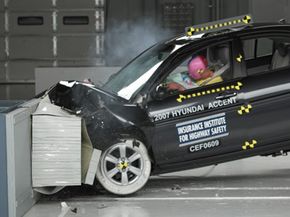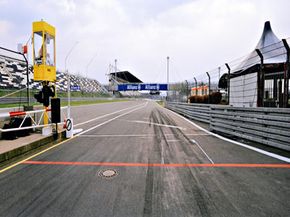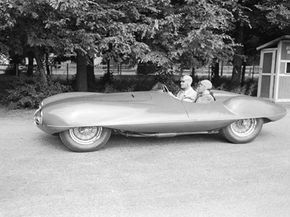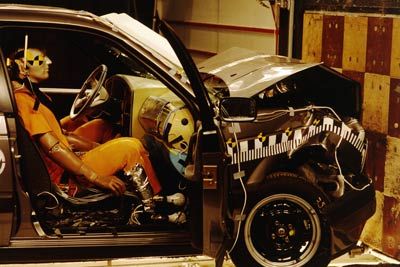Producing cars and getting the public to buy them is a demanding and highly competitive business. Manufacturers agonize over ways to make their cars, trucks and SUVs even marginally better than another company's vehicles.
Advertisement
Carmakers go to great extremes in attempts to keep a lid on those advancements before they're ready to be made public. You may have seen pictures in auto enthusiast magazines of prototype cars clad in black vinyl and fitted with false bulges to distort the car's true appearance and capabilities.
If they're so secret, why let the cars out in public at all?
To make sure their cars live up to the consumers' standards and one-up competitors, car makers test their cars in all types of environments. While much testing can be done on closed tracks, real-world car testing needs to take place in real-world conditions. By combining data from the track with information gleaned from driving on public roads, automakers use testing to create vehicles that they hope will satisfy the market.
This broad process covers everything from performance and comfort to reliability and safety. It also encompasses quality and appearance. The idea behind car testing is that it allows manufacturers to work out all the kinks and potential problems of a model before it goes into full production. It's much cheaper to eliminate a problem with a product before you begin mass producing it than it is to discover problems and try to fix them afterward.
In this article, we'll take a look at some aspects of car testing, and how it raises the bar on automotive design and manufacturing. Testing and tweaking makes it possible for cars to get better each year, while prices remain stable or even decrease for the same set of features.
At the end of the day, though, car testing is all about abusing a vehicle to find its limits.
Advertisement




